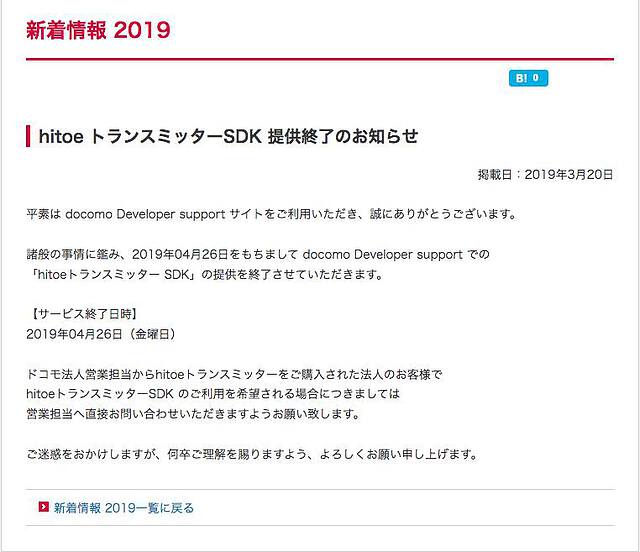First trial of conductive wear hitoe
In recent years, wearable heart rate monitors become flourish. With two different wavelengths of light reflection, oxygen saturation in blood (SPO2) is also measured. Here, an electrocardiograph (ECG) while exercising is measured.
Because the conductivity of the heart muscle is higher than the conductivity of bone and fat, the voltage difference due to the heart activity appears on the body surface. Therefore, we can measure the heart activity by attaching electrodes on the body surface. However, in order to collect the voltage difference on the body surface with the electrodes, it is necessary to use a conductive clip and conductive cream (ECG cream) which is not suitable for long-time measurement. A sportswear Hitoe, developed by NTT DoCoMo and Toray, has a special feature in its electrodes, and can measure an electrocardiogram by wetting the electrodes with water. It costs about 8,000 yen for the sportswear and about 10,000 yen for the transmitter (hitoe transmitter). There is an advantage that you can develop software on Android or iOS using SDK (Software Development Kit).
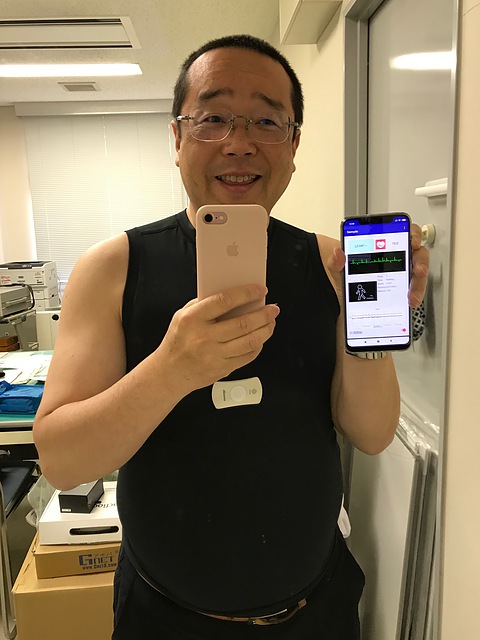
The transmitter has electrodes for ECG measurement and an acceleration sensor inside. This SDK establishes a Bluetooth connection between the hitoe transmitter and the smartphone, and uses the ECG and acceleration sensor values measured by the hitoe transmitter to remove the heart rate, measure ECG noise, and scan. Performs data processing such as spectrum analysis and motion estimation. According to the manual, the target of this SDK was Android 4.4 to 6.0 or iOS 8.1 to 9.0, but it was also available for the latest smartphone Pixel 3a.
The hitoe transmitter has electrodes for ECG measurement and an accelerometer. Here, I used SDK for Android Ver.1.3.0 downloaded around February 2019. The SDK connects between the hitoe transmitter and the smartphone with Bluetooth, processes noise removal and spectrum analysis, and estimates the motion. According to the manual, the target of this SDK was Android 4.4 to 6.0 or iOS 8.1 to 9.0, but I could use it for the latest Android smartphone Pixel 3a.
I used the sample application attached to this SDK. The application required permissions of both storage and location information. We cannot use the emulator including Android Studio because the hitoe library consists of Arm binaries. Debugging is performed on the actual device.
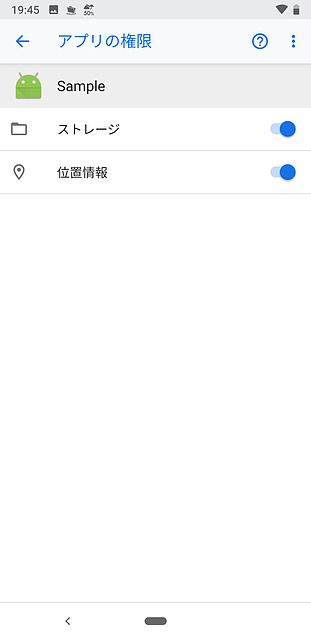
Start this sample program and turn on “Start measurement” at the bottom of the screen to display the sensor selection screen. Select the target hitoe transmitter and enter the PIN number. This PIN number is on the back of the hitoe transmitter.
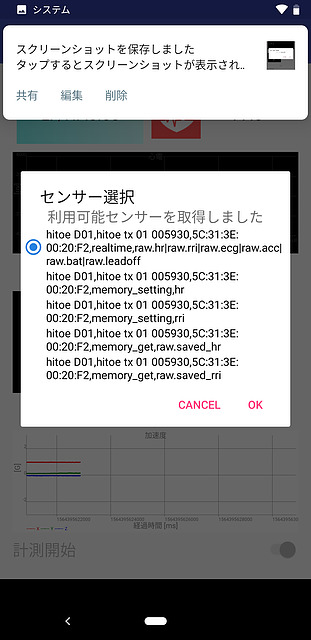
On the screen of this sample application, LF/HF (it denotes stress degree), connection status, heart rate, electrocardiogram, body direction are shown. This information is recorded on the smartphone internal storage at the same time as is shown. However, it is not suitable for long-term use due to its large amount of data. It is fun to look at the ECG during your exercise.
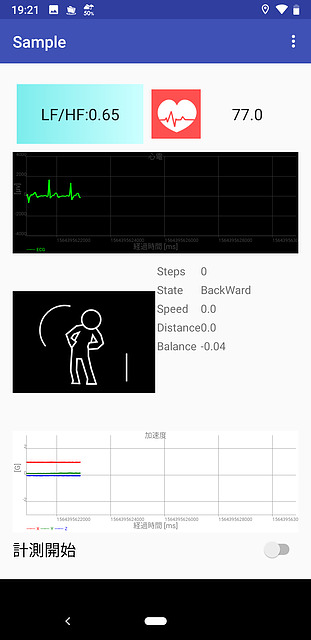
The SDK has been discontinued on April 26, 2019 and is no longer available.
